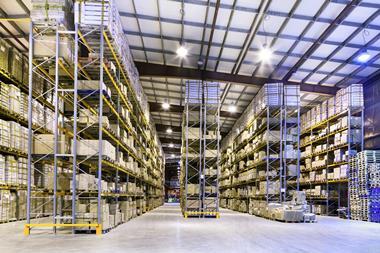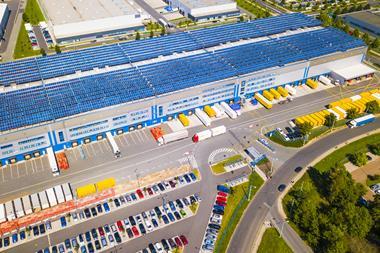Biodiversity net gain (BNG) legislation, which was due to come into force next month, has now been delayed until January. The legislation requires property developers to deliver a minimum 10% BNG to help protect and enhance the nature on the land they are developing. But why is this legislation important?

The UK has lost 41% of its species since the 1970s and the legislation compels developers to contribute to the recovery of nature, making sure habitats for wildlife are in a better state than they were before development.
The 10% target will be measured using agreed metrics, developed by organisations such as Natural England, to create a baseline assessment to calculate the value to both the existing site and the proposed development. The proposed development must be maintained for a period of 30 years.
The main factor that must be considered at masterplanning stage is location and any approach to encouraging biodiversity should take into account the development site itself or the available land nearby.
The approach taken to an urban logistics site would differ significantly to that taken for one on the outskirts of an urban area. Partnerships are key to pinpointing this approach. For example, through working with local authorities and wildlife trusts, companies can commit to designated land banks within the same local authority of the development site.
The proposed legislation will not limit developers to 10% biodiversity net gain but rather provides a starting goal
Another important consideration during the planning stage is the need to create a balanced design, evaluating the value of ecology versus amenities. This can take the form of sustainable drainage such as on site ponds or paved pathways and cycleways. Both can co-exist.
At Prologis UK, we have focused closely on designing landscapes at our parks to attract and encourage wildlife.
For example, Lilbourne Meadows at Daventry International Rail Freight Terminal in Northamptonshire is a 193-acre nature reserve, managed by the local wildlife trust, that features a mixture of wetland and grassland habitats and extensive hedgerows. The proposed legislation will not limit developers to 10% BNG, but rather it provides a starting goal that developers can improve on.
At a recently consented Prologis scheme in central Luton, extensive work was undertaken in relation to the landscape and ecology baseline of the site as part of the proposed redevelopment project. We are seeking to transform the overgrown River Lea, which bisects the site, into a ‘green corridor’, by opening it up to deliver both amenity and ecological benefits to the surrounding communities.
In the world of logistics, where parks are traditionally highly maintained and manicured, it is important that developers make simple changes that increase existing grasslands and hedgerows or introduce wildflower meadows.
Despite the short-term delay to the BNG targets, developers need to commit to their delivery.
Caroline Musker is head of planning at Prologis UK





























No comments yet